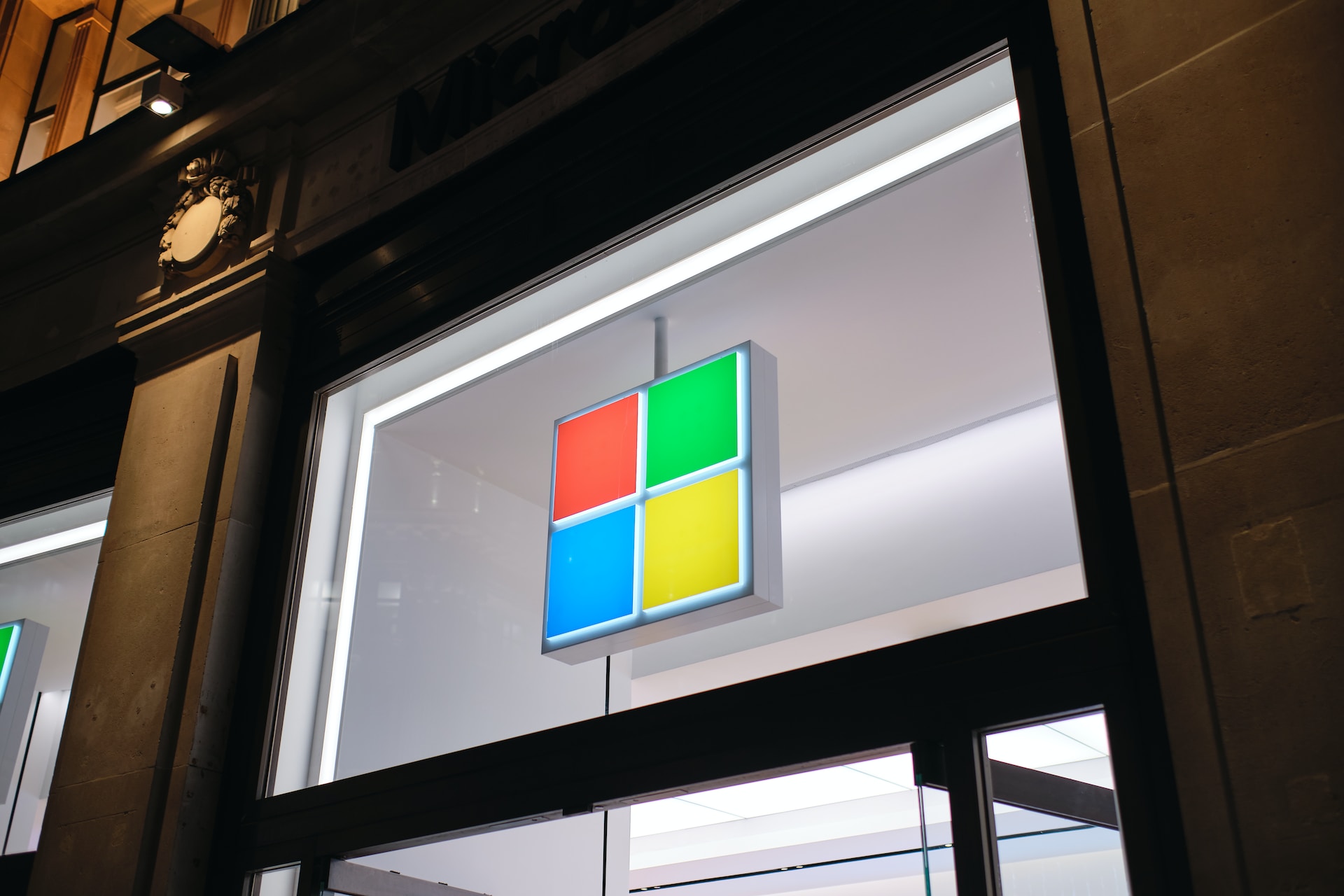Are you an entrepreneur looking to stay ahead of the game? Then you need to know about the top trends coming your way in 2023! With technology advancing rapidly and consumer behavior constantly evolving, it’s important to keep up with the latest developments. From artificial intelligence (AI) taking over tasks once done by humans, to the rise of mobile commerce and visual storytelling, there are several exciting changes on the horizon that could greatly impact your business. So let’s dive into these trends and explore what they mean for entrepreneurs like yourself.
The Rise of AI
Artificial intelligence (AI) is rapidly transforming the way we do business, and its impact will only continue to grow in 2023. One area where AI is already making a big difference is through automation. By automating routine tasks, entrepreneurs can reduce costs and maximize efficiency.
Another area where AI is gaining traction is customer service. Chatbots are increasingly being used by businesses to handle basic queries and provide support around the clock. This not only improves customer satisfaction but also frees up human staff for more complex tasks.
Beyond these practical applications, AI has vast potential for data analytics and personalized marketing strategies. By analyzing consumer behavior patterns, businesses can create targeted campaigns that reach customers on an individual level.
However, as with any emerging technology, there are concerns about job displacement and ethical considerations such as bias in algorithms. It’s important for entrepreneurs to approach AI thoughtfully and responsibly while embracing its potential benefits for their businesses.
The Growth of the Gig Economy
The growth of the gig economy has been one of the most significant trends in recent years. For entrepreneurs, this shift represents a unique opportunity to tap into new sources of talent and expertise.
More and more people are choosing to work as independent contractors or freelancers, rather than taking on traditional full-time jobs. This trend is driven by several factors, including increasing globalization, advances in technology, and changing attitudes towards work-life balance.
One of the biggest advantages for entrepreneurs is that they can now access a wider range of skills without having to commit to hiring someone full-time. This means that businesses can be more agile and responsive to changing market conditions.
However, there are also challenges associated with the gig economy. Entrepreneurs need to ensure that they have robust systems in place for managing remote workers and maintaining strong communication channels.
Ultimately though, it’s clear that the gig economy is here to stay. As an entrepreneur, it’s important to embrace this trend and explore how you can leverage its benefits while mitigating its risks.
The Power of Visual Storytelling
Visual storytelling is a powerful way to communicate with your audience. It involves using images, videos and other visual elements to tell a story that captures people’s attention and emotions.
One of the key benefits of visual storytelling is its ability to evoke an emotional response from viewers. When you use visuals to convey your message, you can tap into people’s emotions more effectively than if you were just using words alone.
Another advantage of visual storytelling is that it makes complex ideas easier to understand. By breaking down complex concepts into simple visual representations, you can help your audience grasp difficult topics much more easily.
In addition, visual storytelling can help make your brand more memorable. When someone sees a compelling image or video associated with your brand, they are more likely to remember it than if they had just read about it in text form.
One of the most significant advantages of visual storytelling is its ability to go viral on social media. Visual content tends to be shared much more frequently on platforms like Facebook and Twitter than text-based content, so creating engaging visuals can help increase the reach of your message exponentially.
The Importance of Employee Experience
In today’s business world, the importance of employee experience cannot be overstated. Employees are a company’s greatest asset and investing in their satisfaction can have a significant impact on productivity and overall success.
Creating a positive employee experience starts with understanding what motivates your team. This means taking the time to listen to their feedback, concerns, and ideas for improvement. When employees feel heard and valued, they are more likely to engage fully in their work.
Another important aspect of employee experience is creating a culture that prioritizes work-life balance. This can include offering flexible schedules or remote work options when possible. By allowing employees to maintain balance between their personal lives and professional responsibilities, you’re demonstrating that you value them as individuals rather than just workers.
Recognition is also key in creating a positive employee experience. Acknowledging hard work through public praise or bonuses/tangible rewards reinforces the idea that each individual contribution matters significantly towards achieving greater goals.
Providing opportunities for growth within your company shows employees that they aren’t just stuck in one position forever but have potential for advancement if they put forth effort into bettering themselves professionally.
All these factors combined make up an excellent Employee Experience which leads us towards long-term benefits such as retention rates increase while turnover decreases; higher levels of job satisfaction among staff members which ultimately benefit the entire organization
The Decline of Traditional Advertising
With the rise of digital marketing, traditional advertising has seen a significant decline in recent years. The traditional methods of reaching out to customers through TV commercials, billboards and print ads are becoming less effective as consumers turn towards online platforms.
One reason for this shift is that modern audiences have become more ad-savvy than ever before. They know when they’re being marketed to, and they’re not interested in being sold something outright. Instead, they want authentic experiences with brands that speak to their values and resonate with them on a personal level.
Another factor contributing to the decline of traditional advertising is cost-effectiveness. Digital marketing channels offer businesses greater control over their budget and allow them to target specific demographics with precision accuracy. In contrast, traditional advertising can be prohibitively expensive without any guarantee of success.
Digital marketing allows businesses the opportunity to engage potential customers in ways that were unheard of just a few years ago – from social media campaigns that encourage user-generated content creation to interactive mobile advertisements designed specifically for smartphone users.
As we move into 2023, it’s clear that companies who adapt quickly will be best positioned for success in our rapidly changing marketplace. By embracing new technologies and techniques like influencer partnerships or SEO-driven content strategy instead of relying solely on outdated approaches like television commercials or magazine ads- entrepreneurs can stay ahead-of-the-curve while building deeper relationships with today’s highly-informed consumers!
The Rise of Mobile commerce
Mobile commerce or m-commerce has been growing at an unprecedented rate, and it’s not slowing down anytime soon. With the rise of smartphones and other mobile devices, people are no longer tied to their desktops when they want to make purchases online. This trend is expected to continue in 2023, with more businesses embracing mobile commerce.
One reason for the growth of mobile commerce is convenience. Consumers can shop from anywhere at any time, making it easier for them to purchase products on-the-go. Mobile apps have made this even more seamless by providing a user-friendly interface that allows consumers to find what they need quickly.
Another reason why mobile commerce is rising is due to advancements in payment technology. With digital wallets and contactless payments becoming more commonplace, consumers can complete transactions quickly and securely from their phones without having to enter sensitive information manually.
Moreover, social media platforms are playing a significant role in driving sales through mobile devices as well. Social media shopping features allow users to browse products and make purchases directly within the app while also leveraging influencers’ recommendations.
E-commerce continues its shift towards mobile platforms because of its unmatched convenience for buyers worldwide since everyone now owns a smartphone or tablet device. Businesses must meet consumer expectations if they don’t want customers turned off by outdated websites that aren’t optimized for smaller screens or clunky checkout processes on smartphones or tablets that could lead them away from your brand altogether!
Conclusion
As we approach the year 2023, it’s clear that entrepreneurship is evolving at a rapid pace. The trends we’ve highlighted in this article are only a few of many that will shape the future of business for years to come.
In order to stay ahead of the curve, entrepreneurs must remain adaptable and open-minded towards these changes. Whether it’s embracing AI or prioritizing employee experience, there’s no doubt that those who can navigate these new waters will be well-positioned for success.
So as we move into this exciting new era of entrepreneurship, let us all keep an eye on these top trends – they just might hold the key to unlocking our full potential as innovators and leaders.










